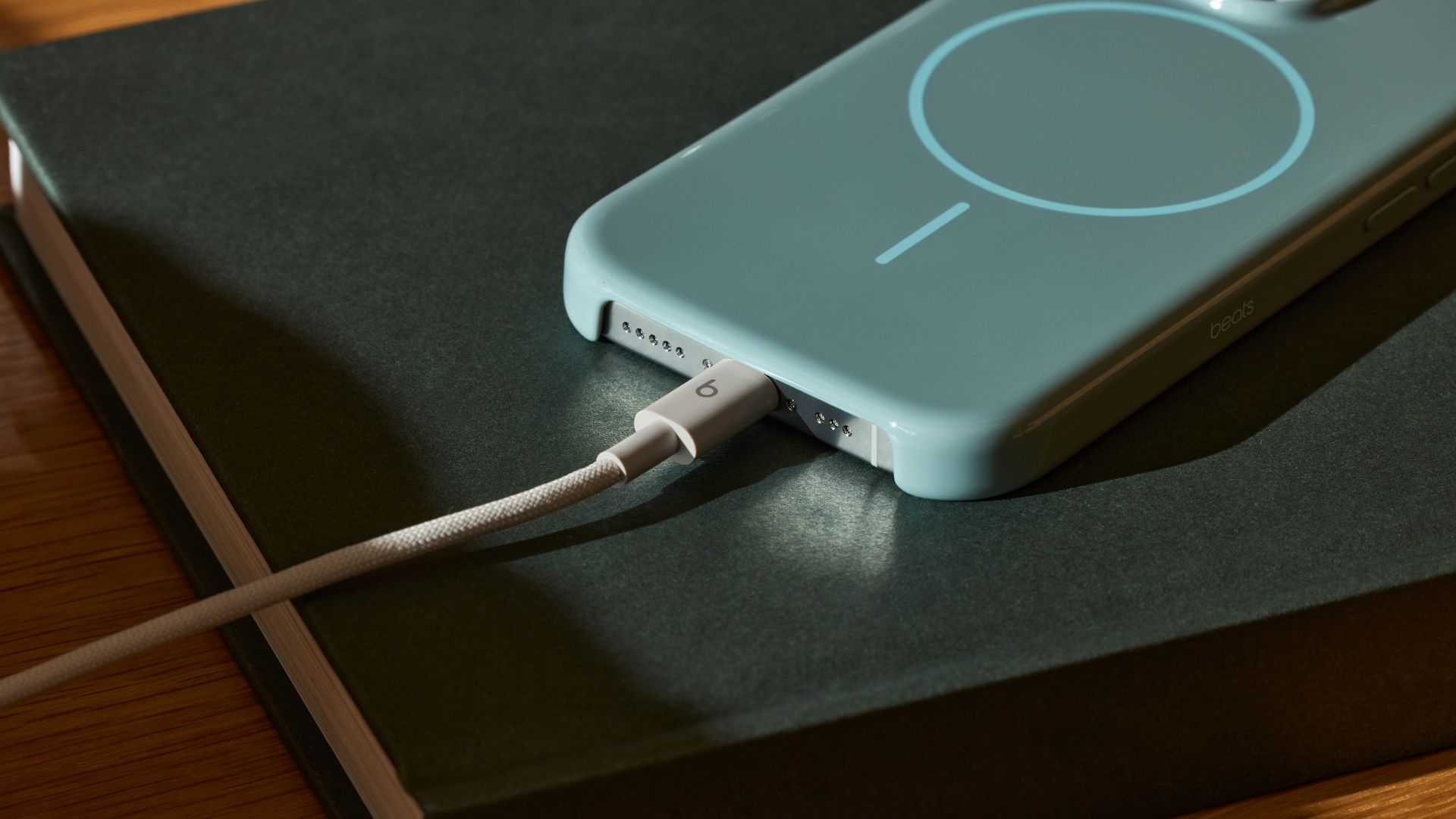The cheapest iPhone 12 will be a game changer — here’s why
The 5.4-inch iPhone 12 could be the right phone at the right time
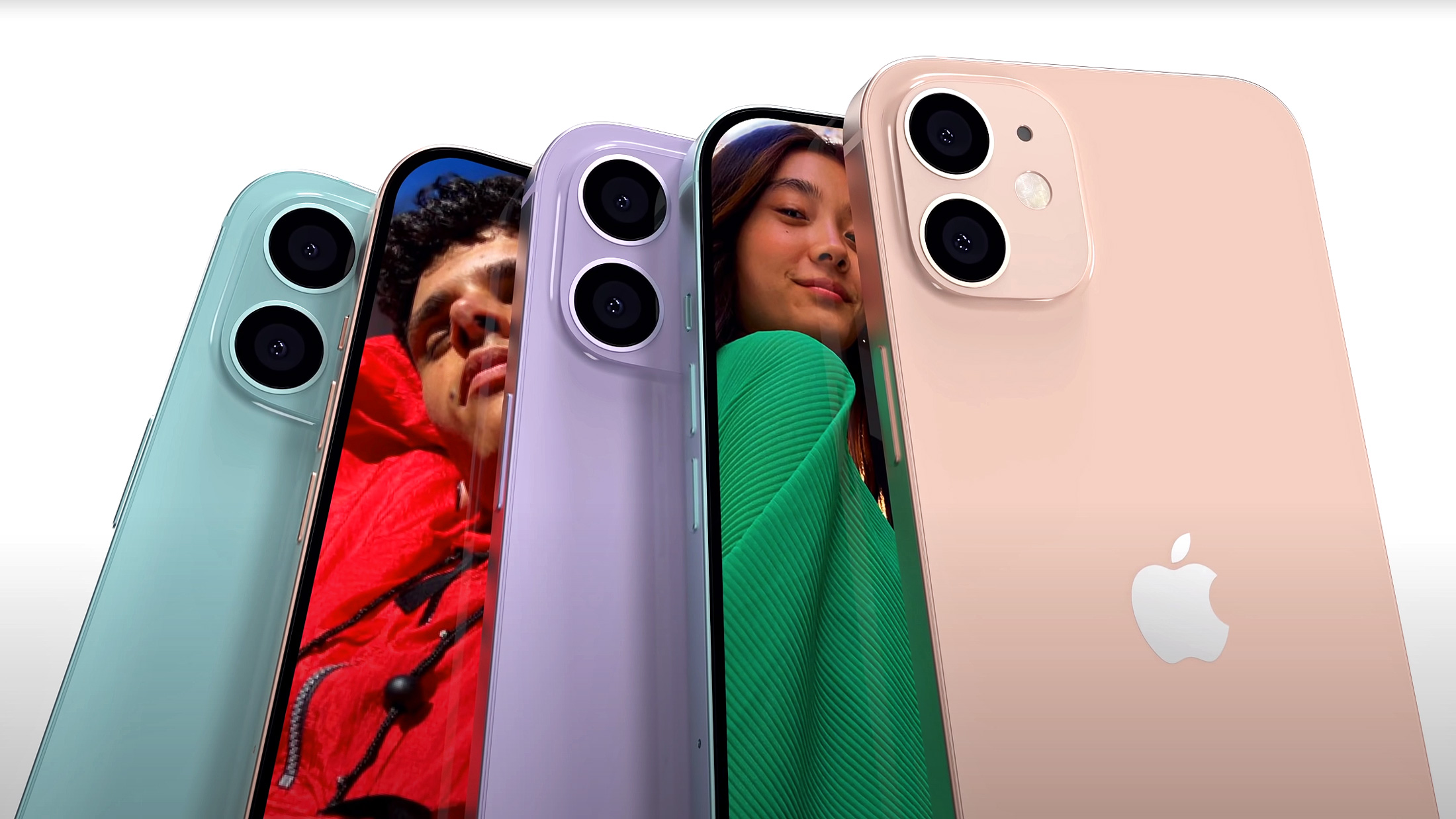
It’s hard to recall now, but once upon a time, Apple would only unveil one new iPhone a year. Then the company realized there was something to the fascination with big phones and started pumping out models in two sizes. One thing led to another, and wouldn’t you know, we’re now staring four iPhone 12 models in the face for 2020 according to all the leaks.
Of these four iPhone 12 variants, two tend to get the most attention: the Pro models. These are the expensive iPhones — the ones with supposedly all the features, from 5G to big 120Hz displays and room-scanning LiDAR cameras, and prices people will scoff at on launch day before clicking “add to cart.” But those devices shouldn’t overshadow what Apple is expected to do on the other, more accessible end of its iPhone lineup.
- iPhone 12 vs. iPhone 12 Pro: Everything we know so far
- The best unlocked phones: Affordable devices in every price range
- Just in: Galaxy S21 Plus leak reveals big upgrade to fight iPhone 12
That’s because the “entry-level” iPhone 12, which has been rumored to cost anywhere from $649 to $749, will supposedly carry a 5.4-inch OLED display. In these days of impossibly-slim bezels and edge-to-edge panels, that’s quite a compact screen for a flagship phone.
For reference, the smallest premium iPhone that Apple sells at the moment is the 5.8-inch iPhone 11 Pro. The Samsung Galaxy S20 has a 6.2-inch display. Rumors also point to the existence of a 6.1-inch iPhone 12 Max, slotting in between the cheapest variant and the iPhone 12 Pro.
However, the smallest iPhone 12 won’t concede performance to its pricier siblings; at least, not much. Each year, Apple builds one new A-series chip, and that chip powers each and every iPhone in the lineup. You get the same silicon in the $399 iPhone SE as you do in the $1,099 iPhone 11 Pro Max, and there’s nothing to suggest that won’t be the case once more with the A14 Bionic-powered iPhone 12 range.
Should that all come to pass, the iPhone 12 will be an anomaly among reasonably-priced premium devices — and one that will arguably make a far bigger splash than the captivating-yet-pricey Pro-tier versions.
- See which wins in ExpressVPN vs Surfshark
Small size, big power
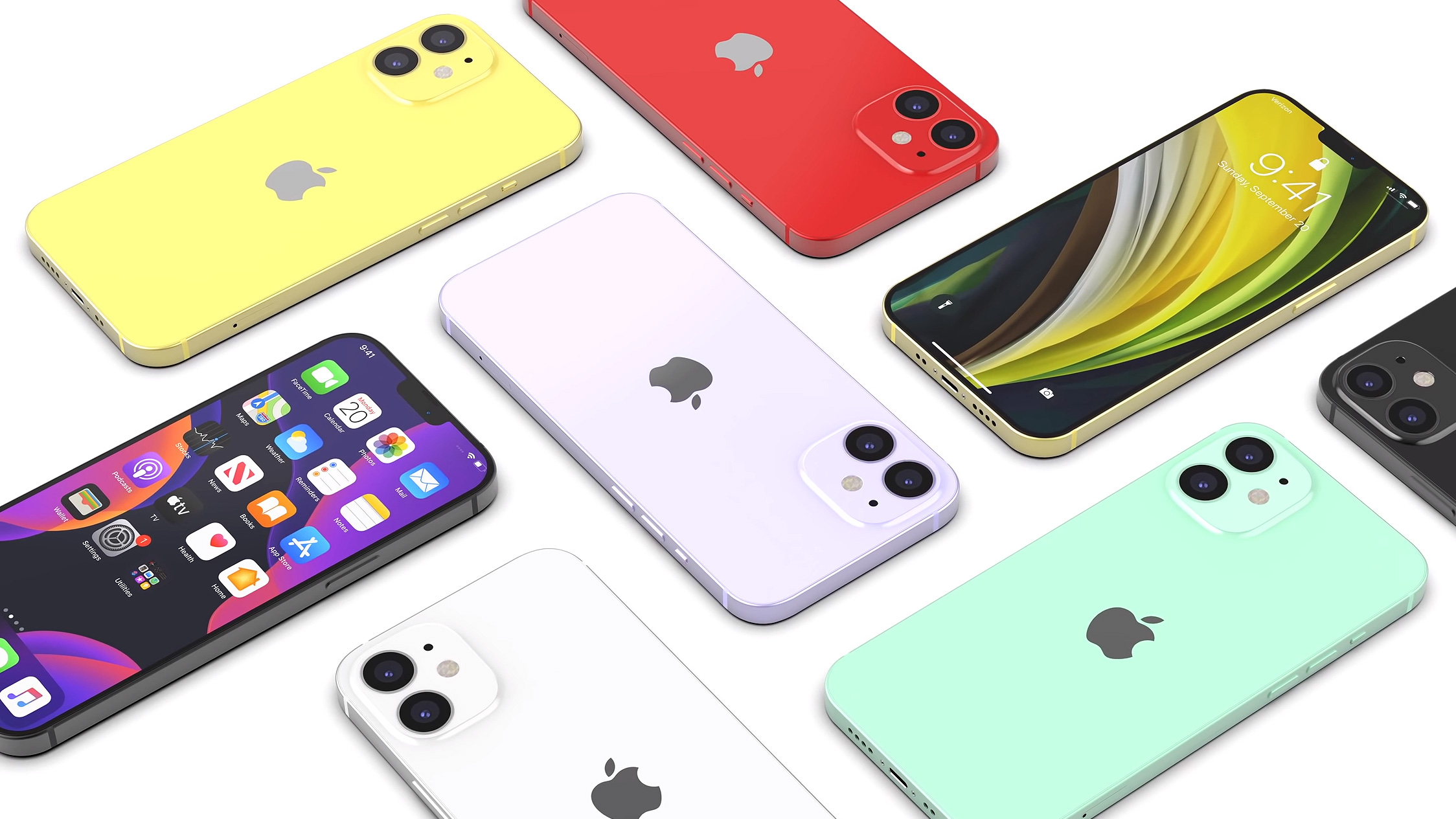
The combination of small display and big power is a rare one among high-end phones these days, and that looks to be the space Apple will play in with the 5.4-inch iPhone 12. Contrary to what the industry would have you believe, it seems there’s still a market for more compact models out there even as many phone makers continually push the upper limits of big-screen devices.
Sign up to get the BEST of Tom's Guide direct to your inbox.
Get instant access to breaking news, the hottest reviews, great deals and helpful tips.
Take the recently-released $399, 4.7-inch iPhone SE as an example. While Apple’s iPhone shipments fell 26% in the third quarter of 2020 (ending in June) due in large part to the pandemic, the iPhone SE helped mitigate the slump.
During that time, Apple increased its share of the U.S. mobile market to 47.1%, up from 40.8%, according to market research firm Canalys. Reportedly more than 30% of iPhone SE buyers came from an iPhone 6S or older model. Especially worrying for Google and its partners, 26% of those iPhone buyers migrated from the Android side of things, which rarely consists of palatable options for those who prefer small phones. Aside from Google’s own Pixels, compact-yet-mighty Android handsets are nigh extinct these days, with the last notable exception to that trend being Samsung’s Galaxy S10e from 2019.
One could surmise, to some extent, that iPhone 6S users were waiting for Apple to unveil a new yet similarly-sized device. After all, the iPhone SE carves the exact same footprint as the iPhone 6S, with the same 4.7-inch screen in tow.
Right price, right time
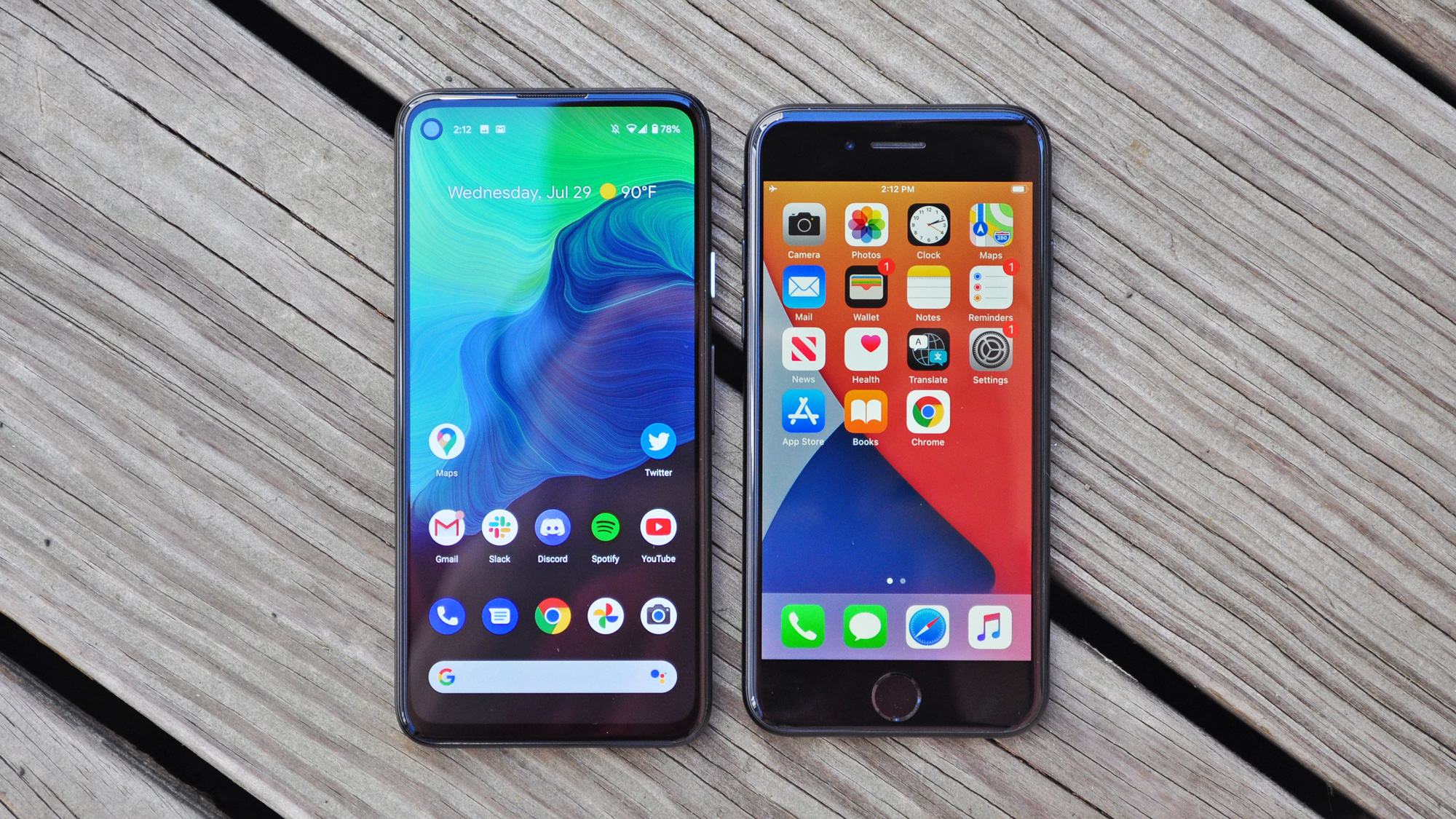
But of course, price has just as much to do with it. And as the entry point to Apple’s next-generation flagships, the 5.4-inch iPhone 12 will be the cheapest in the range, at a challenging economic time when progressively more shoppers are spurning four-digit handsets for reasonably-priced alternatives, like the iPhone SE, Google Pixel 4a and Samsung Galaxy A51.
“While sales of premium smartphones have been impacted by the [coronavirus] pandemic, there has been strong demand for more modestly priced phones including Apple’s iPhone SE,” Avi Greengart, President and Lead Analyst at Techspontential, told Tom’s Guide. “However, there are also people who would be willing to pay more for a no-compromise small phone that is easy to use one-handed and doesn’t cause hand cramps.
“If the rumors are correct and Apple is planning a 5.4-inch iPhone, I expect that it will sell well both because of its price and size,” Greengart said.
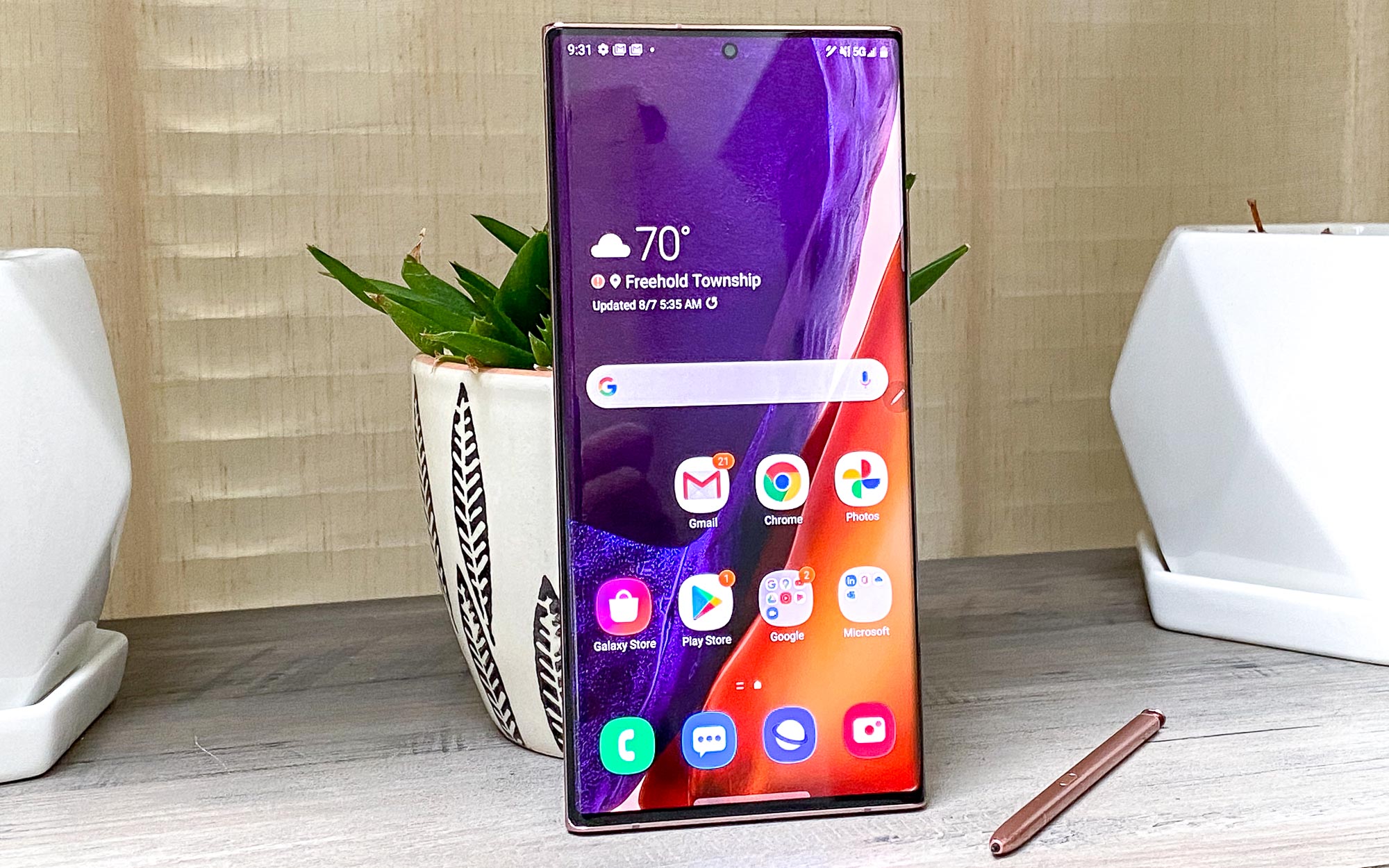
Flagship phone prices have steadily risen over the last several years. In 2017, we all wondered with incredulity whether Apple would dare cross the $1,000 barrier with the iPhone X. Today, Samsung is charging $1,299 for its Galaxy Note 20 Ultra, while foldable phones, like the Galaxy Z Fold 2, cost as much as $2,000.
However, the market is expanding in the other direction as well. There have been cheap smartphones for a very long time; up until recently though, they simply weren’t very good. The iPhone SE and Pixel 4a have demonstrated that there are winning formulas for compelling inexpensive handsets out there. In fact, Google has been so pleased with the critical and commercial success of its more budget-targeted Pixel models that the company is reportedly giving the upcoming Pixel 5 sub-premium hardware to keep its price under $700, potentially making it a worthy adversary to the 5.4-inch iPhone 12.
“I expect good demand for mid-tier priced phones,” Tuong H. Nguyen, Senior Principal Analyst at Gartner, told Tom’s Guide. “Given the economic uncertainties due to the pandemic, a more moderately-priced iPhone gives many existing iPhone users an opportunity to get a new device without having to spend $800 to $1,000, or delaying the purchase for several months.”
Nguyen’s point about potential customers delaying their purchases is an important one. By offering iPhones at a range of sizes, from very small to very large, as well as at various price points, Apple won’t be forcing customers to wait around for the right device within their budget.
5.4-inch iPhone 12 outlook
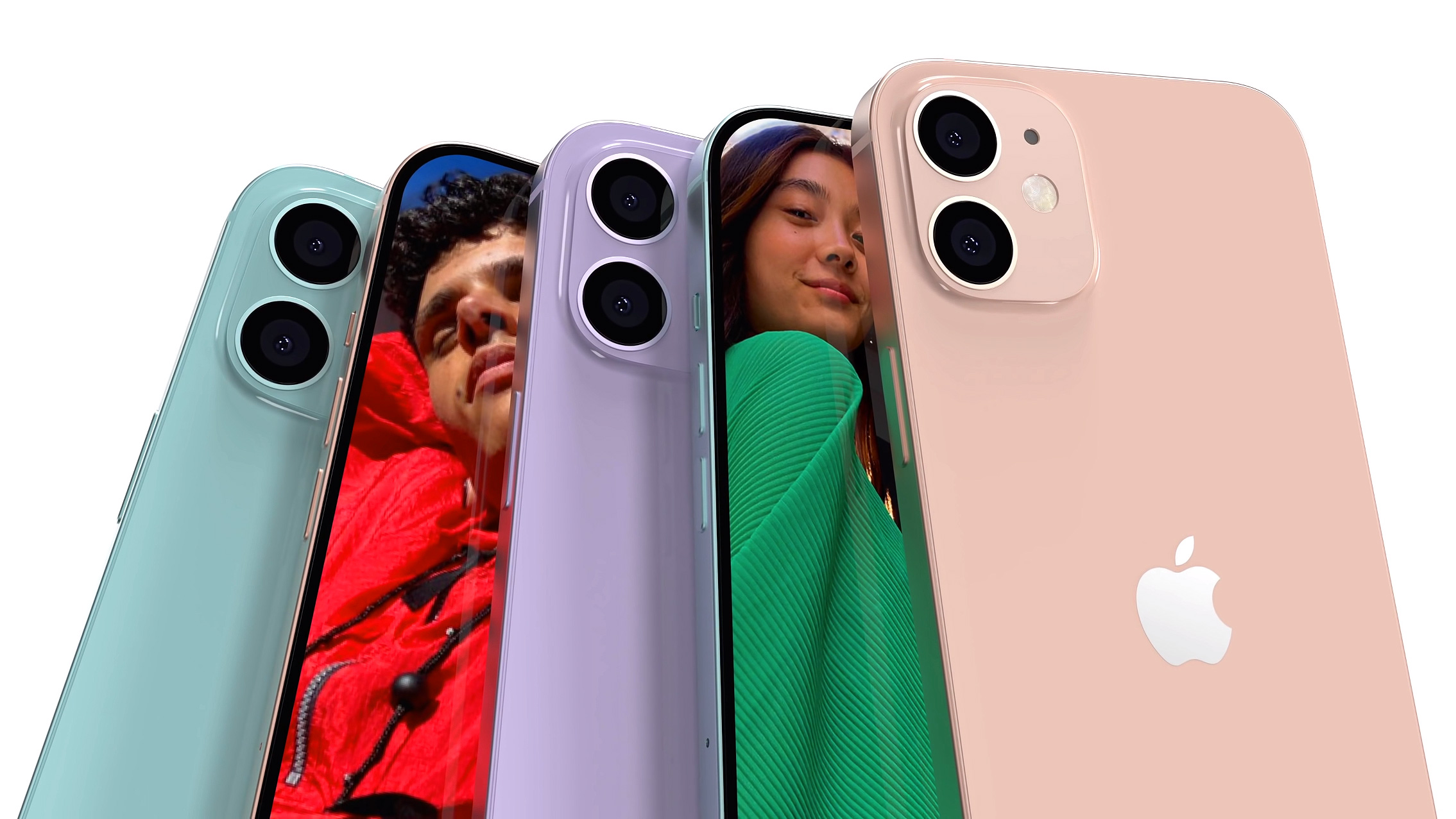
Ultimately, what makes the idea of the 5.4-inch iPhone 12 so enticing isn’t merely its small form factor or potentially low price alone. Rather, it’s attractive because it represents Apple perfecting and distilling all its mobile innovations over the past several years into a device that is more accessible than any of its predecessors thus far.
There’s precedence for this, of course. The iPhone XR took the previous year’s iPhone X and brought that model's full-screen design, TrueDepth camera and Face ID system down to $749, which normalized those features in the market. The current iPhone 11 doubled down on that approach by adding an ultrawide camera and slashing the price by $50 further, but didn’t do a whole lot else. At 6.1 inches, the iPhone 11 was also larger than the iPhone 8 Plus, even though it was the cheapest iPhone until the release of the second-generation iPhone SE this past April.
It's the cheaper iPhones that destroy the barriers of entry to new technology, and therefore matter to most people.
That said, the 5.4-inch iPhone 12 could be Apple’s most definitive statement yet in trickling down innovative features and design typically associated with more premium hardware.
The cheapest iPhone 12 is rumored to have an OLED display, replacing the low-resolution LCD panels in its predecessors. It’s expected to support sub-6GHz 5G, and may sport a smaller notch than the previous three generations of full-screen iPhones. Whereas the iPhone SE is a new device in an old shell, the 5.4-inch iPhone 12 will be thoroughly new, inside and out.
As exciting as boundary-pushing, hyper-premium phones are, they’re less important to everyday users than those special devices that check all the right boxes for a price folks can actually afford. It’s the cheaper iPhones that destroy the barriers of entry to new technology, and therefore matter to the widest majority of people.
The iPhone 12 Pro will captivate the imagination of the public, no question. But rest assured, Apple’s success or failure with this upcoming swath of phones is dependent on whether the company can hit its marks with the 5.4-inch version.
Adam Ismail is a staff writer at Jalopnik and previously worked on Tom's Guide covering smartphones, car tech and gaming. His love for all things mobile began with the original Motorola Droid; since then he’s owned a variety of Android and iOS-powered handsets, refusing to stay loyal to one platform. His work has also appeared on Digital Trends and GTPlanet. When he’s not fiddling with the latest devices, he’s at an indie pop show, recording a podcast or playing Sega Dreamcast.
